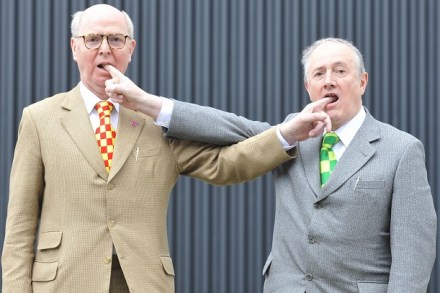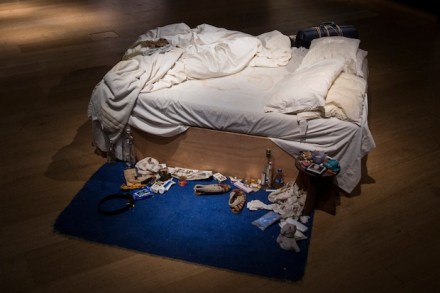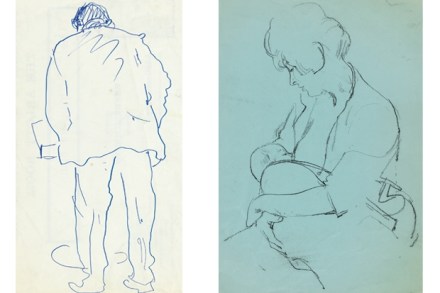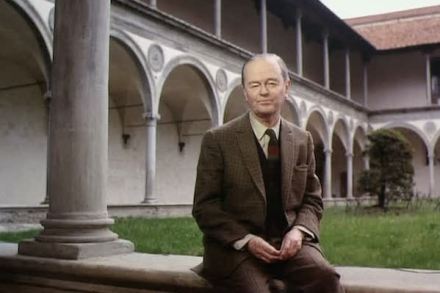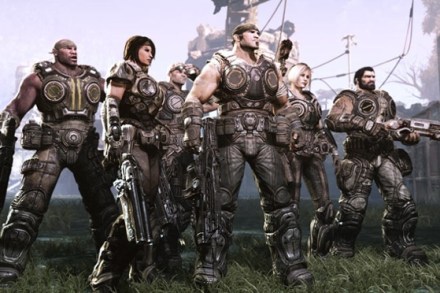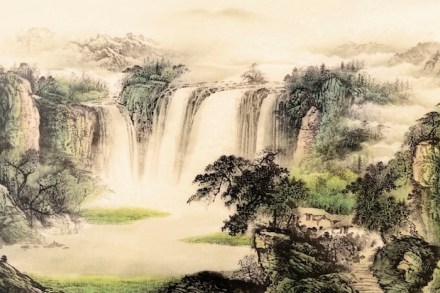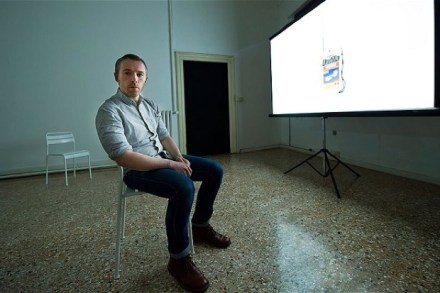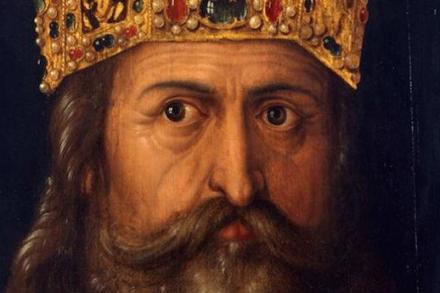The robber baron who 'bought judges as other men buy food’
The robber barons of the gilded age, at the turn of the 20th century, were the most ruthless accumulators of wealth in the history of the United States, and none of them was less handicapped by moral scruples than W.A. Clark. He was up there near the pinnacle of acquisitiveness with Rockefeller but was not as legendary in popular imagination. While other pioneers were searching for gold, Clark developed copper-mining at the most opportune time, when there was a great and growing demand for copper for electrical wiring. The copper lode he discovered in Butte, Montana, produced 11 million tons and earned the town its nickname ‘The Richest Hill on


